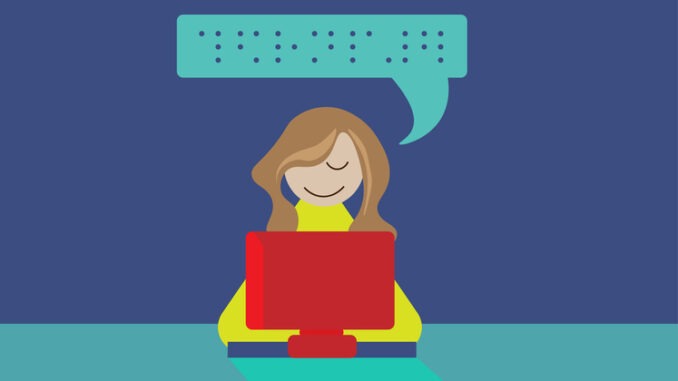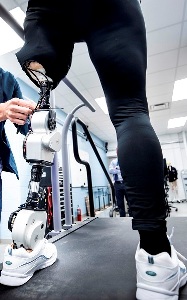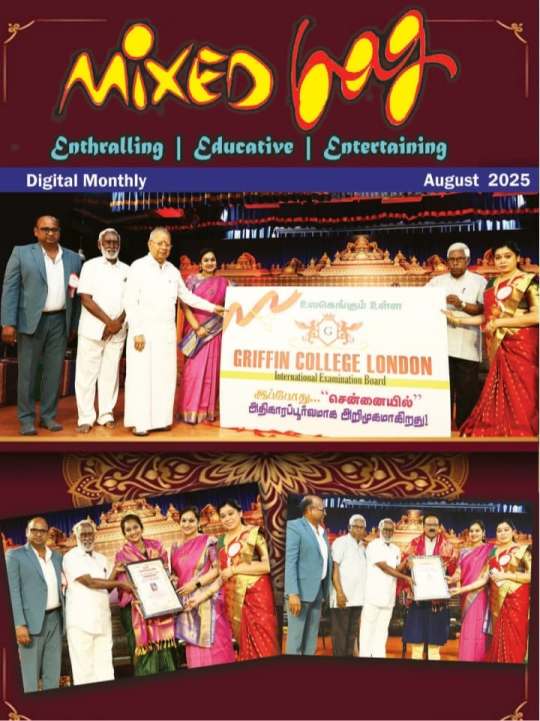To Read the article in Magazine, Click here!
AI Technology Helping Differently Abled People
In a recent interview about AI, I was asked a question and shared my answer in this month’s article. It clearly shows how AI technology is a blessing for differently-abled people.
Question: How does AI technology help differently-abled people? Have you developed any AI software for them?

My Answer: That’s a great question. Any technology is considered fully developed only when it reaches everyone in society, regardless of gender, economy, or other disparities. Particularly, when technology is designed to help differently-abled people, it becomes a huge blessing. AI technology is reaching more and more people, including those with disabilities, and is still evolving.
Through our company, ComPcare Software, we help differently-abled people in various ways. Even as early as the 2000s, screen-reading software like JAWS and NVDA helped visually impaired people read the screen, learn to use software like MS Word, Excel, and PowerPoint, read PDF books, send emails, and search on Google. We’ve also held technology awareness workshops for them, and I have been a special invitee at workshops organized by others to raise awareness about technology.
To further this cause, we run the Sripathma Krish Trust in the name of my father (Krishnamurthi) and mother (Padmavathi). Through this foundation, we address the educational, employment, and livelihood needs of differently-abled people with technological solutions. Every year, we select talented individuals and award them the ‘Sri pathmaKrish Award’.
For visually impaired students, we have seen that scribes help them write exams. The quality of the scribe can greatly affect the student’s performance. If the scribe is highly skilled, a student who struggles to read can score well, but if the scribe is less capable, even a talented student may score poorly. Unfortunately, some students face stigmatization, with classmates suggesting that their good scores are only due to their scribe’s intelligence.
To address these issues, in 2008, we developed a screen reader software called Visio Exam. This allows visually impaired students to read exam questions on the computer and answer them aloud, with their answers being typed automatically on the screen. We have since updated this software using AI to provide even better assistance to differently-abled people.
AI Helping People Who Can’t Speak:
AI technology has also made it possible to assist those who cannot speak. One innovation involves implanting a device in the brain that allows individuals to type out words or sentences they want to say. Further, AI technology has enabled devices that can record dreams while sleeping. Scientists are now working on ways to scan the brain using AI and decode thoughts, allowing us to understand what someone is thinking.
Artificial Limbs with AI Technology:

AI-powered prosthetic limbs, such as artificial arms and legs, are a great blessing for those who have lost their limbs. These limbs use AI to mimic natural movement. If the user talks or guides the prosthetic, it can move like a real arm or leg. These AI-powered prosthetics can even help people climb stairs, and their implementation in our country is not far away.
AI for People Who Are Deaf or Hard of Hearing:
AI technology is also helping people who cannot hear. One major breakthrough is converting sound into written text. Researchers are developing devices that can alert people with hearing disabilities to sounds around them, like approaching vehicles, by converting those sounds into text on their digital devices. This allows them to move around safely in public spaces.
The AI tools for differently-abled people are now starting to spread across our country, and it’s no surprise.
However, there are still important factors to consider, such as the accessibility of technology, its affordability, and language support. Soon, these challenges will be overcome, and AI will be available to everyone.
May the dream(s) come true!
—***—








